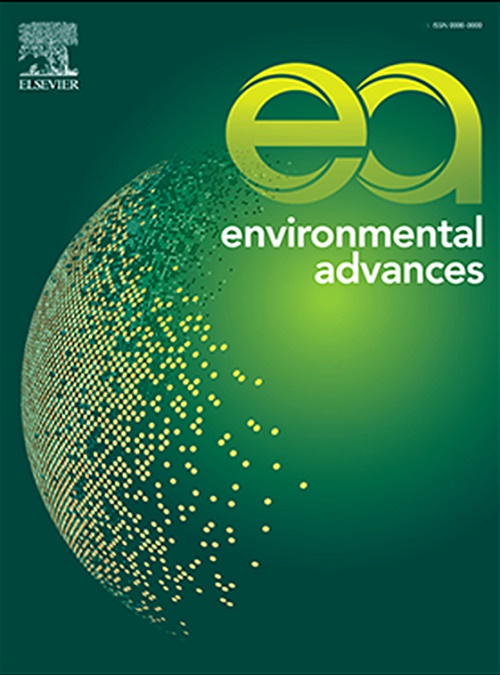A critical review of artificial destratification systems for mitigating water stratification
Q2 Environmental Science
引用次数: 0
Abstract
Thermal stratification (ThS) in water bodies, particularly during warmer seasons, severely degrades water quality by reducing oxygen levels, leading to detrimental ecological impacts. Artificial destratification technologies have emerged as potential solutions to mitigate these effects and improve water quality. This systematic review examines 194 studies from databases such as Web of Science, Scopus, MDPI, and ASCE, covering research from 1990 to 2024. The review evaluates various destratification methods, including mechanical mixers, bubble aerators, floating intakes, suspended curtains, multi-level offtakes (MLOs), and gradual entrainment level inverters (GELs), for their effectiveness in improving oxygenation and reducing nutrient buildup. It highlights that bubble aerators perform best in smaller water bodies, while mechanical mixers, though less common, offer cost-effective solutions for larger systems. However, mixers alone show limited effectiveness in large reservoirs, and their combination with bubble aerators can enhance system performance at increased operational costs. This review fills a critical gap in the literature by synthesizing available data on destratification technologies and their role in restoring ecological balance in stratified waters. The findings provide valuable insights for improving water pollution control strategies, supporting ecosystem health, and guiding future research and policy development to address the real-world challenges posed by ThS.

缓解水体分层的人工去分层系统综述
水体中的热分层(ThS),特别是在温暖季节,通过降低氧含量严重恶化水质,导致有害的生态影响。人工去层技术已经成为缓解这些影响和改善水质的潜在解决方案。本系统综述检查了来自Web of Science、Scopus、MDPI和ASCE等数据库的194项研究,涵盖了1990年至2024年的研究。本文评价了各种脱层方法,包括机械混合器、气泡曝气器、浮动进气口、悬挂窗帘、多级进气口(MLOs)和渐进夹带水平翻转器(gel),以评估它们在改善氧合和减少营养积累方面的有效性。它强调气泡曝气器在较小的水体中表现最好,而机械混合器虽然不太常见,但为较大的系统提供了经济有效的解决方案。然而,单独使用混合器在大型油藏中效果有限,它们与气泡曝气器的结合可以提高系统性能,但增加了操作成本。这篇综述通过综合现有的关于分层技术及其在恢复分层水域生态平衡中的作用的数据,填补了文献中的一个关键空白。研究结果为改善水污染控制策略、支持生态系统健康、指导未来研究和政策制定以应对这一现实挑战提供了有价值的见解。
本文章由计算机程序翻译,如有差异,请以英文原文为准。
求助全文
约1分钟内获得全文
求助全文
来源期刊

Environmental Advances
Environmental Science-Environmental Science (miscellaneous)
CiteScore
7.30
自引率
0.00%
发文量
165
审稿时长
12 weeks
期刊介绍:
 求助内容:
求助内容: 应助结果提醒方式:
应助结果提醒方式:


